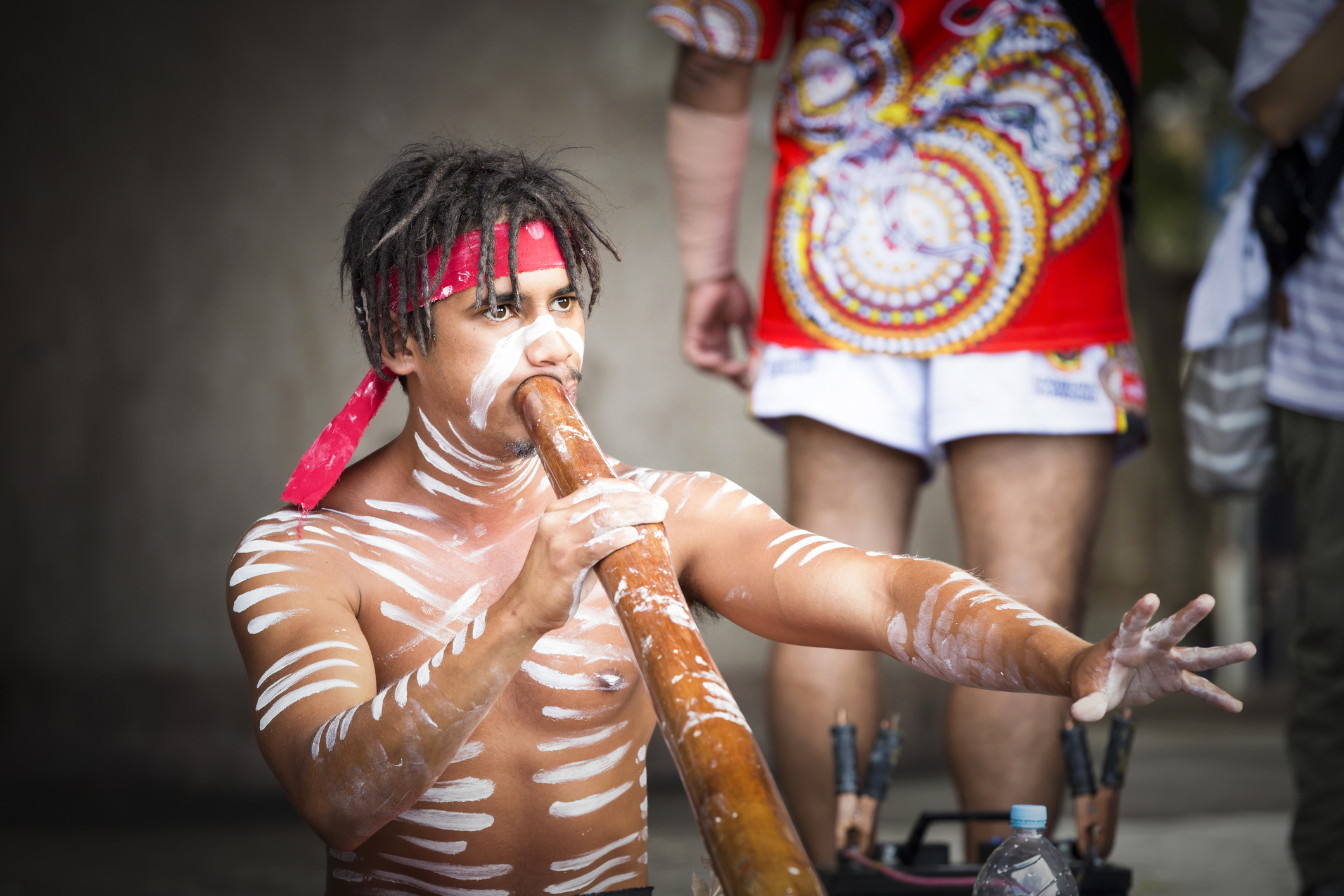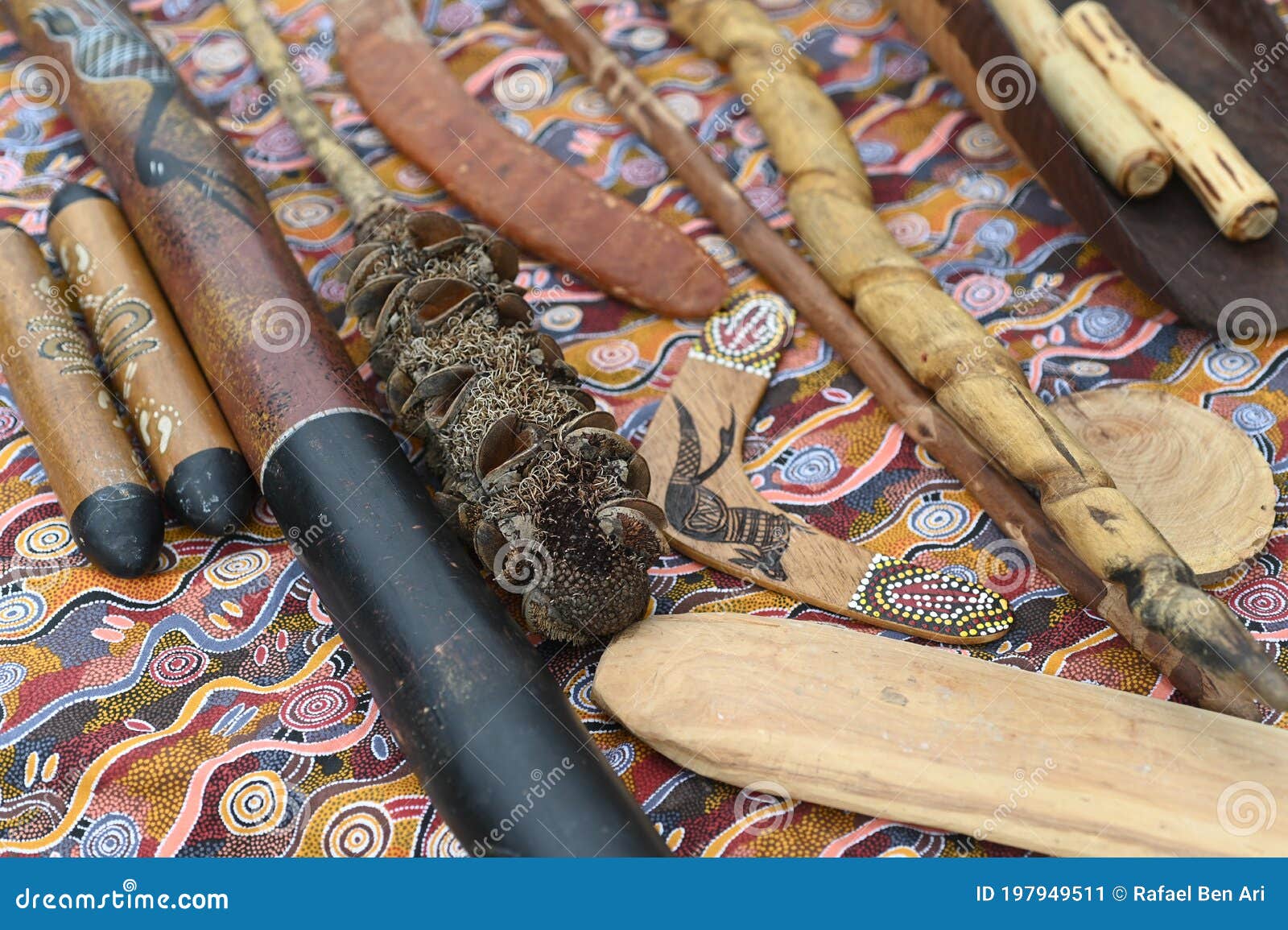The Rhythms of the Land: Exploring the Instruments of Australia’s Indigenous Peoples
The Rhythms of the Land: Exploring the Instruments of Australia’s Indigenous Peoples

The rich and diverse cultural tapestry of Australia’s Indigenous peoples extends far beyond their unique languages and traditions. Music plays a vital role in their lives, serving as a powerful means of storytelling, connection, and ceremony. While the instruments themselves may vary across different Aboriginal groups, they all share a common thread: a deep connection to the land and its ancient wisdom.
This article delves into the fascinating world of Indigenous Australian musical instruments, exploring their diverse forms, traditional uses, and the cultural significance they hold.
Related Articles: The Rhythms of the Land: Exploring the Instruments of Australia’s Indigenous Peoples
- A Taste Of Paradise: Exploring The Delicious Diversity Of Australian Fruits
- Unveiling The Power And Beauty: A Journey Into Aboriginal Face Masks Of Australia
- A Deep Connection: How Aboriginal People’s Relationship With The Land Ensured Economic Survival
- A Rainbow On Your Plate: Exploring The Vibrant World Of Australian Fruits And Vegetables
- The Language Landscape Of Australia: More Than Just English
The Didgeridoo: A Symbol of the Spirit World
Perhaps the most iconic instrument associated with Aboriginal Australia, the didgeridoo (also known as the yidaki) is a long, wooden trumpet that resonates with a haunting, hypnotic sound. Crafted from eucalyptus trees that have been hollowed out by termites, the didgeridoo is not just a musical instrument but a powerful symbol of the spirit world and the connection to the land.
The didgeridoo’s unique sound is produced by blowing into the instrument and using circular breathing techniques. This allows the musician to create a continuous, droning melody that can be used to mimic the sounds of nature, such as the wind, the rain, and the calls of animals.
The didgeridoo is often used in ceremonies and rituals, where it is believed to connect the performer to the ancestral spirits. It is also used for healing purposes, with its vibrations believed to have therapeutic effects.
The Clapsticks: A Rhythmic Dialogue with the Earth
Clapsticks, also known as "kulpi" or "kullak," are a pair of wooden sticks that are struck together to create a rhythmic beat. These simple instruments are found in various forms across different Aboriginal cultures, with their size, shape, and material varying depending on the region.
Clapsticks are used in a variety of contexts, including ceremonies, dances, and storytelling. Their rhythmic patterns can be used to represent the beating of the heart, the movement of the stars, or the sounds of the bush.
The interplay between the two sticks creates a dynamic dialogue, with each strike resonating with the earth’s energy. Clapsticks are not just a musical instrument but a tool for communication, allowing performers to express emotions, share stories, and connect with the ancestors.

The Bullroarer: A Voice From the Sky
The bullroarer, also known as a "turndun" or "woomera," is a flat, wooden object that is swung through the air to produce a deep, booming sound. This instrument is often used in ceremonies and rituals, where its powerful voice is believed to represent the spirits of the ancestors or the voices of the gods.
The bullroarer’s sound is created by the air rushing past its surface as it spins. The shape and size of the instrument determine the pitch and intensity of the sound, allowing for a wide range of tonal variations.
In some cultures, the bullroarer is used to communicate with the spirit world or to ward off evil spirits. In others, it is used to mimic the sounds of thunder or the calls of birds. The bullroarer is a powerful instrument that connects the human world with the spiritual realm.
The Boomerang: More Than Just a Hunting Tool

The boomerang, a familiar symbol of Aboriginal culture, is not just a hunting tool but also a musical instrument. While the traditional boomerang used for hunting is designed to return to the thrower, some boomerangs are specifically designed for music.
These musical boomerangs are often larger and heavier than their hunting counterparts, and they are thrown with a specific technique to produce a distinct sound. The boomerang’s flight path and the way it spins create a unique and evocative melody that can be used in ceremonies and rituals.
The Hand-Held Percussion Instruments: A Symphony of Sounds
In addition to the iconic instruments mentioned above, a diverse range of hand-held percussion instruments are also used in Aboriginal music. These include:
- Kulama: A small, gourd-like instrument that is shaken to create a rattling sound.
- Rattles: Made from various materials such as shells, seeds, or stones, rattles are used to create a percussive rhythm.
- Wooden Drums: These drums are typically made from hollow logs and are played with sticks or hands.
- Singing Bowls: Made from various materials such as stone or metal, singing bowls are struck with a mallet to produce a resonant tone.

These instruments are often used in combination with other instruments, creating a rich and complex musical tapestry. They are used to accompany dances, songs, and storytelling, adding depth and dimension to the performance.
The Importance of Musical Instruments in Aboriginal Culture
The instruments described above are not merely objects but are imbued with deep cultural significance. They represent the connection to the land, the ancestors, and the spiritual realm. They serve as tools for storytelling, communication, and healing, and they play a vital role in maintaining the cultural identity of Aboriginal peoples.
The Role of Music in Indigenous Identity
Music is an integral part of Aboriginal culture, serving as a powerful means of expressing identity, maintaining traditions, and connecting with the land. The instruments described above are not just objects but are imbued with deep cultural significance. They represent the connection to the land, the ancestors, and the spiritual realm. They serve as tools for storytelling, communication, and healing, and they play a vital role in maintaining the cultural identity of Aboriginal peoples.
Music and Storytelling
Music is often used in Aboriginal culture to tell stories about the land, the ancestors, and the creation of the world. These stories are passed down through generations, preserving the history and traditions of the people. The instruments themselves can be used to represent different characters or events in the story.
Music and Healing
Music is also believed to have healing properties in Aboriginal culture. The sound of the didgeridoo, for example, is thought to have therapeutic effects, promoting relaxation and reducing stress. Music is used in ceremonies to heal the sick and to bring balance to the community.
Music and Ceremony
Music plays a vital role in Aboriginal ceremonies, which are often held to mark important events such as births, deaths, and seasonal changes. The instruments used in these ceremonies are often sacred and are only played by those who have been initiated into the tradition. The music helps to connect the participants with the ancestors and with the spirit world.
The Future of Aboriginal Music
While traditional Aboriginal music is facing challenges from modernization and globalization, it continues to thrive. Young people are increasingly interested in learning about their musical heritage, and there is a growing movement to preserve and revitalize traditional music.
Modern Aboriginal musicians are also incorporating elements of traditional music into contemporary genres, creating a unique and vibrant musical landscape. This fusion of tradition and innovation ensures that the music of Aboriginal Australia will continue to evolve and inspire future generations.
Conclusion
The instruments of Aboriginal Australia are more than just objects; they are powerful symbols of culture, identity, and connection. They represent the deep relationship between the people and the land, and they serve as a reminder of the rich and diverse heritage of Aboriginal peoples.
By exploring the world of Aboriginal musical instruments, we gain a deeper understanding of the unique cultural traditions of Australia’s Indigenous peoples. We are reminded of the power of music to connect us to our past, to celebrate our present, and to inspire our future.
FAQs: What Instruments Do Aboriginal Australians Play?
Q: What is the most famous instrument played by Aboriginal Australians?
A: The most famous instrument is the didgeridoo, a long, wooden trumpet that produces a haunting, hypnotic sound.
Q: What are other common instruments played by Aboriginal Australians?
A: Other common instruments include clapsticks, bullroarers, boomerangs, and a variety of hand-held percussion instruments such as rattles, kulama, and wooden drums.
Q: What is the significance of these instruments in Aboriginal culture?
A: These instruments are not just objects but are imbued with deep cultural significance. They represent the connection to the land, the ancestors, and the spiritual realm. They serve as tools for storytelling, communication, and healing, and they play a vital role in maintaining the cultural identity of Aboriginal peoples.
Q: How is music used in Aboriginal ceremonies?
A: Music plays a vital role in Aboriginal ceremonies, which are often held to mark important events such as births, deaths, and seasonal changes. The instruments used in these ceremonies are often sacred and are only played by those who have been initiated into the tradition. The music helps to connect the participants with the ancestors and with the spirit world.
Q: What is the future of Aboriginal music?
A: While traditional Aboriginal music is facing challenges from modernization and globalization, it continues to thrive. Young people are increasingly interested in learning about their musical heritage, and there is a growing movement to preserve and revitalize traditional music. Modern Aboriginal musicians are also incorporating elements of traditional music into contemporary genres, creating a unique and vibrant musical landscape. This fusion of tradition and innovation ensures that the music of Aboriginal Australia will continue to evolve and inspire future generations.

Closure
Thus, we hope this article has provided valuable insights into The Rhythms of the Land: Exploring the Instruments of Australia’s Indigenous Peoples. We appreciate your attention to our article. See you in our next article!


